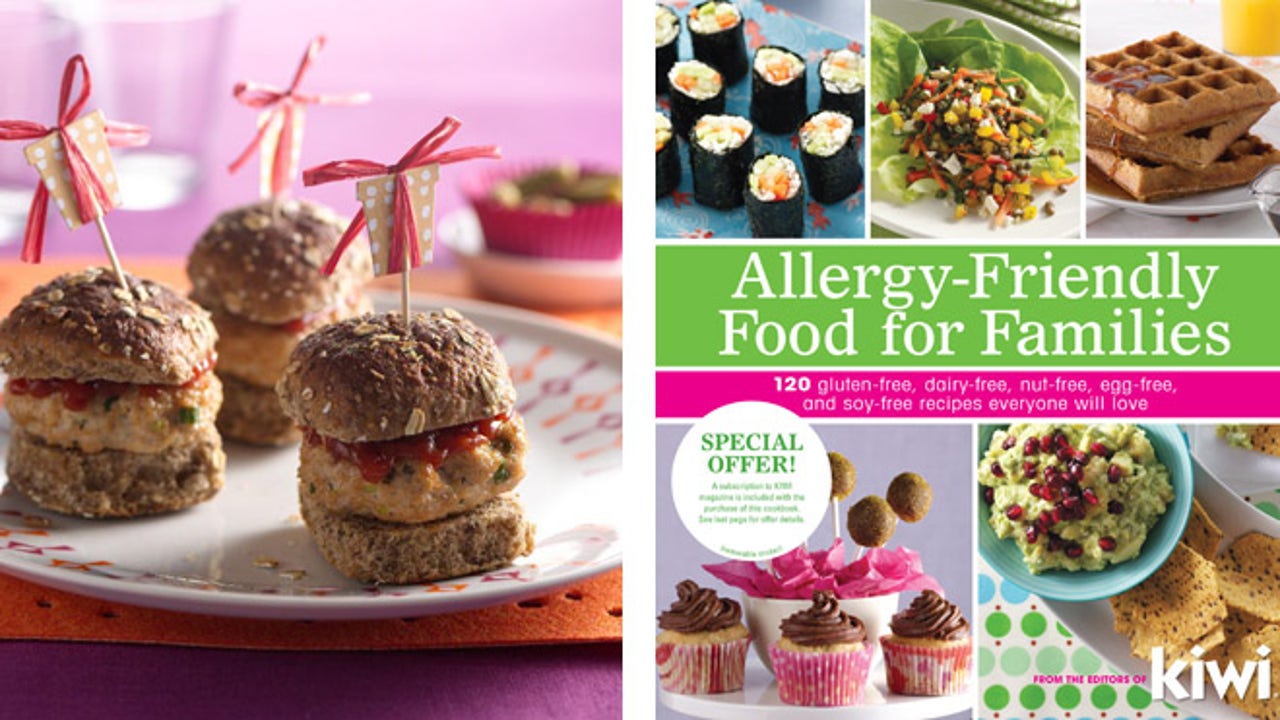Grandma’s famous lasagna. Your great-aunt’s legendary chocolate cake. These dishes are more than just food; they’re edible heirlooms, woven into the fabric of our family stories. But what happens when modern life—with its gluten intolerances, dairy allergies, or vegan lifestyles—gets in the way of tradition?
Honestly, it can feel like a culinary betrayal to even suggest changing a classic. But here’s the deal: adapting a recipe isn’t about erasing the past. It’s about preserving its spirit, its heart, for the future. It’s a creative act of love, ensuring no one has to miss out on the memories made around the table.
Why Bother? The Heart of Recipe Adaptation
Sure, you could just find a new, modern recipe. But that misses the point. The goal is to keep the connection alive. When you successfully adapt a traditional dish for someone with dietary restrictions, you’re not just feeding them. You’re telling them, “You belong here. This family history includes you.” That’s powerful stuff.
Plus, let’s be real, dietary needs are more common than ever. Whether it’s a diagnosed condition like celiac disease, a voluntary choice like a plant-based diet, or a newfound sensitivity, the modern dinner table is a mosaic of different needs. Adapting recipes is no longer a niche skill—it’s a practical necessity for most home cooks.
The Core Principles of a Successful Swap
Before you start wildly substituting ingredients, you need a game plan. Think of it like this: you’re not just replacing parts; you’re re-engineering a machine to run on a different fuel. You have to understand what each ingredient does before you can find a suitable stand-in.
1. Understand the Ingredient’s Role
Is it for structure, moisture, binding, or flavor? For instance, eggs in a cake provide structure and lift. A flax egg (1 tbsp ground flax + 3 tbsp water) is a great binder in dense items like brownies, but for a fluffy angel food cake? Not so much. You’d need something like aquafaba (the liquid from a can of chickpeas) to replicate that specific airy structure.
2. Start with Simple Dishes
Don’t make your first project a croissant. Begin with soups, stews, or simple casseroles. These are often more forgiving. A beef stew can easily become a rich, plant-based stew with mushrooms and lentils, using the same herbs and slow-cooking technique.
3. The “One at a Time” Rule
If a recipe has multiple allergens, don’t try to swap them all in one go. It’s a recipe for disaster, honestly. Master the dairy-free version first. Then, once you’re happy, tackle the gluten-free crust. This makes troubleshooting infinitely easier.
Common Swaps for Modern Kitchens
Alright, let’s get into the nitty-gritty. Here are some of the most common ingredient substitutions that actually work.
Dairy-Free Delights
Dairy is everywhere in traditional cooking. But the alternatives today are incredible.
- Milk: Unsweetened, unflavored almond, oat, or soy milk are your best all-purpose bets. Oat milk is fantastic for its creamy texture, especially in mashed potatoes or creamy soups.
- Butter: Vegan butter sticks work beautifully in baking and sautéing. For a rich, buttery flavor in non-baked dishes, refined coconut oil is a winner.
- Cheese: This is the trickiest. For melty situations (pizza, pasta), look for specific brands designed to melt. Nutritional yeast is a secret weapon for adding a cheesy, umami flavor to sauces and sprinkles.
Gluten-Free, Stress-Free(ish)
Gluten provides that irreplaceable chew and structure. Replicating it is an art.
For thickening: Cornstarch, arrowroot powder, or tapioca starch can almost always replace wheat flour in gravies and sauces. Use about half the amount.
For baking and breading: This is where a pre-mixed gluten-free flour blend saves time and sanity. They’re formulated to behave similarly to all-purpose flour. For breading chicken or fish, gluten-free panko or even crushed cornflakes work amazingly.
Egg-cellent Replacements
Depending on the recipe’s needs, you have options:
| If the egg is for… | Try using… |
| Binding (in burgers, meatballs) | 1 tbsp ground flax or chia seed + 3 tbsp water (let it sit for 5 mins) |
| Leavening (in cakes, muffins) | 1/4 cup unsweetened applesauce or mashed banana |
| Emulsifying (in mayo, dressings) | Aquafaba (3 tbsp = ~1 egg white) |
A Case Study: Reinventing Beef Bourguignon
Let’s take a classic French dish that seems untouchable: Beef Bourguignon. It’s built on beef, bacon, and beef stock. How on earth do you adapt this for a plant-based diet?
Well, you focus on the soul of the dish: deep, savory, wine-braised richness with tender ingredients and pearl onions.
The Protein: Swap the beef for large chunks of king oyster mushrooms and seitan. They provide a meaty, chewy texture that stands up to long braising.
The Umami Base: Instead of bacon, sauté mushrooms with a dash of smoked paprika and tamari. This recreates that smoky, salty, savory foundation.
The Braising Liquid: Use a robust red wine and a deeply flavored mushroom or vegetable stock. The long, slow cooking process melds these flavors into something incredibly complex and satisfying.
The result? A dish that feels and eats like the classic, but is entirely its own wonderful, plant-based creation. It’s a testament to the fact that the technique and the spirit matter more than the individual components.
The Mindset Shift: Embrace the Experiment
You will have failures. A cake might collapse. A sauce might separate. That’s okay. Honestly, it’s part of the process. Every failed attempt teaches you something about how ingredients interact.
Keep notes. Scribble in the margins of your recipe book. What worked? What was a disaster? This log becomes your personal adaptation playbook.
And don’t be afraid to lean on the wisdom of the crowd. The internet is brimming with food bloggers who have already done the hard work of testing gluten-free pie crusts and vegan béchamel. Use their successes as your starting point.
In the end, adapting a recipe is a bit like translating a poem. You’re not just changing the words; you’re trying to capture the same feeling, the same rhythm, in a new language. It’s a delicate, rewarding dance between respect for the original and a creative push into the future. And the best part? You get to create new family legends, ones that are inclusive, delicious, and just as full of love.








